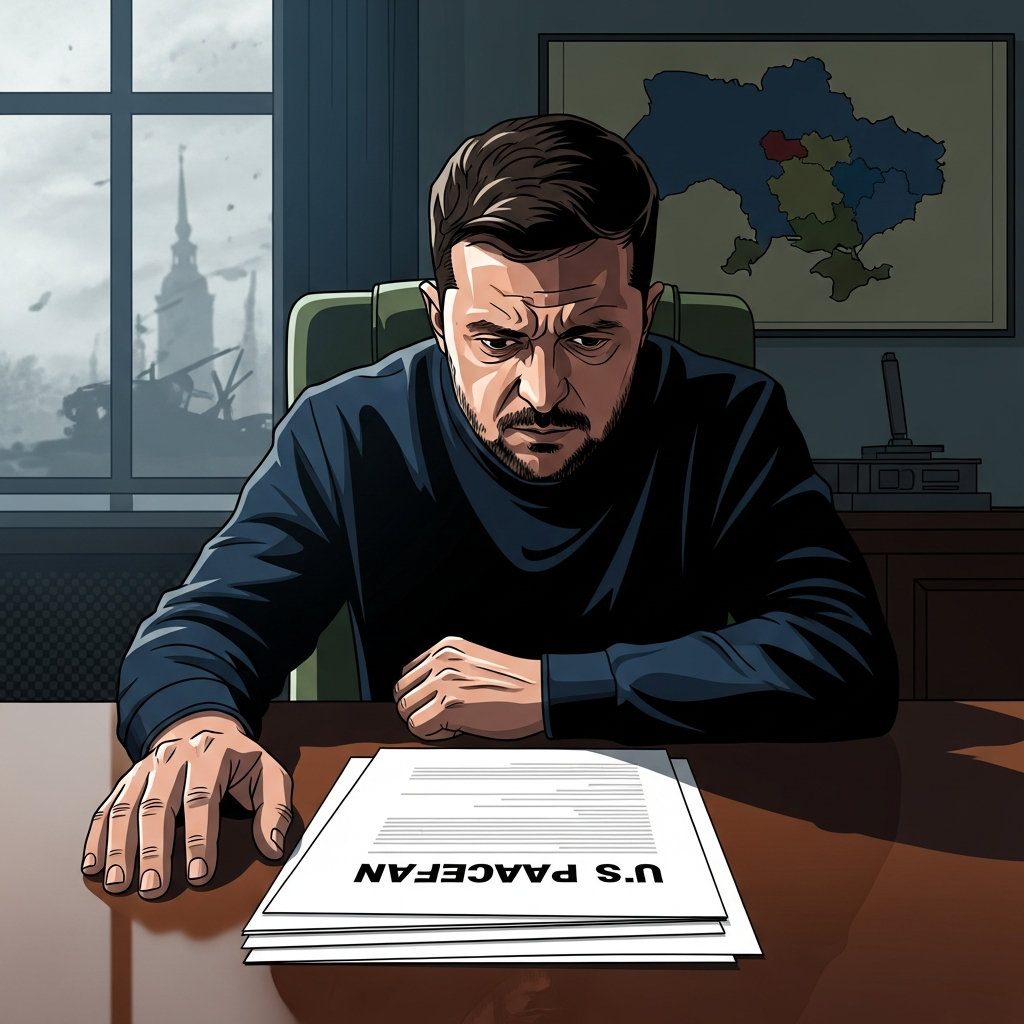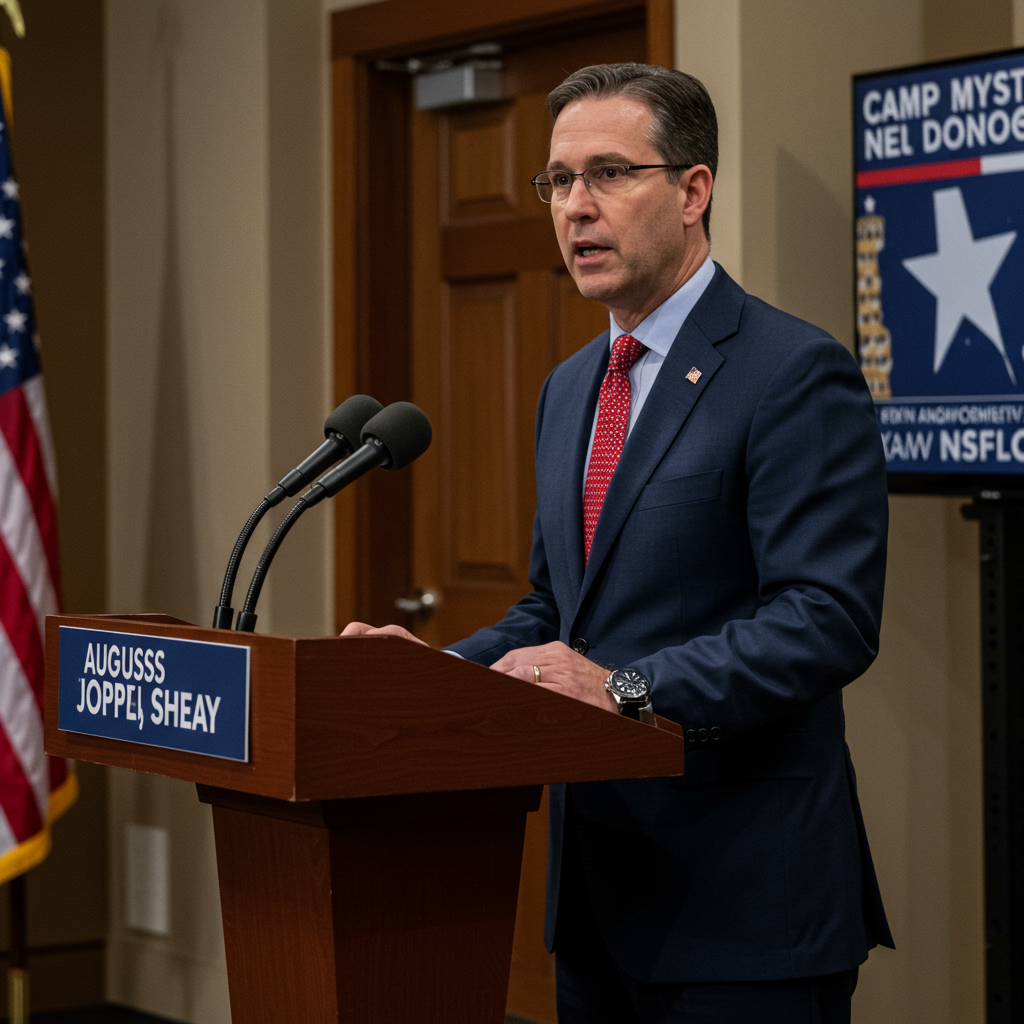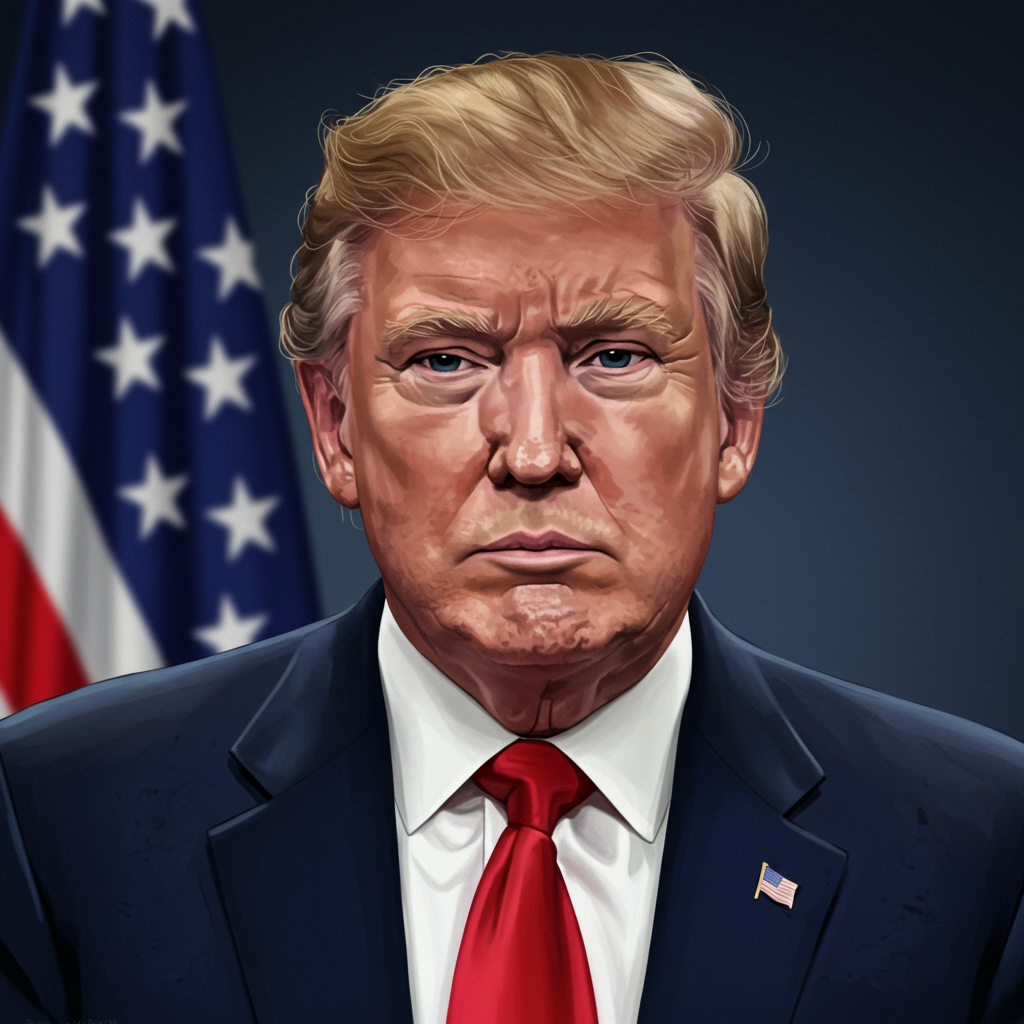Ukrainian President Volodymyr Zelenskyy has officially received a crucial draft peace plan from the United States, sparking both hope for a diplomatic breakthrough and significant international controversy. This development, confirmed by Kyiv, aims to activate fresh diplomatic efforts and guide the war in Ukraine to a “dignified end.” However, a shroud of ambiguity hangs over the proposal, especially regarding its alignment with a separate 28-point initiative reportedly backed by former U.S. President Donald Trump, which has been met with skepticism from Kyiv and its European allies.
A Diplomatic Gambit: Ukraine Receives U.S. Proposal
On November 20, 2025, Ukrainian President Volodymyr Zelenskyy’s office confirmed the official receipt of a draft peace plan from the “American side.” This proposal is viewed by Washington as a potential catalyst for reinvigorating diplomacy in the nearly four-year-old conflict. Kyiv emphasized its readiness to work collaboratively on the plan’s provisions, aiming for a “just end to the war.” Zelenskyy himself discussed “options for achieving real peace” with U.S. Secretary of the Army, Daniel P. Driscoll, during a meeting in Kyiv this week, hinting at “new impulses for diplomacy.”
The Trump-Backed Blueprint: Concessions or Capitulation?
Simultaneously, a senior White House official confirmed that former President Donald Trump is endorsing a distinct 28-point plan. This alternative proposal was reportedly drafted by his envoy, Steve Witkoff, in collaboration with Kirill Dmitriev, an adviser to Russian President Vladimir Putin. Reports from major media outlets like Axios, the Financial Times, and the New York Times suggest this Trump-backed plan calls for significant Ukrainian concessions. These include abandoning territory, relinquishing certain weaponry, and substantially reducing the size of its armed forces. The critical question remains: is the plan Zelenskyy received the same controversial initiative endorsed by Trump?
Architects of Peace: A Sanctioned Voice at the Table
The collaboration between Trump’s envoy Steve Witkoff and Russian adviser Kirill Dmitriev has been central to the 28-point plan. Dmitriev, notably, is currently under U.S. sanctions, requiring a waiver for his travel to Miami for face-to-face discussions with Witkoff last month. This arrangement underscores the unconventional nature of these diplomatic efforts. A senior U.S. official described these interactions as continuous attempts to advance a proposal to end the war, which Russia initiated with its full-scale invasion. Witkoff has reportedly been working on a proposal quietly for about a month, seeking feedback from both Russian and Ukrainian sides. White House press secretary Karoline Leavitt confirmed that Witkoff, alongside Secretary of State Marco Rubio, met with “some of the Ukrainians” recently to discuss the plan. A senior Ukrainian official, Rustem Umerov, also received a verbal briefing in Miami.
Kyiv’s Red Lines: No Reward for Aggression
Despite the diplomatic overtures, President Zelenskyy has consistently maintained Ukraine’s firm stance against territorial concessions. While acknowledging the necessity of ending the war, he has reiterated that “there can be no reward for waging war” from Kyiv’s perspective. Ukraine had previously agreed with the U.S. to freeze existing battle lines as a starting point for negotiations. However, this was contingent on receiving robust security guarantees from Washington and its Western partners. The prospect of surrendering territory is not only deeply unpopular with the Ukrainian populace but also considered unconstitutional under Ukrainian law. Opposition lawmakers have voiced concerns that the reported points of the Trump-backed plan appear “at odds with Ukraine’s interests,” fearing it could lead to the country’s capitulation.
Europe’s Omission: Allies Express Alarm
A significant point of contention is the apparent exclusion of key European allies from these peace discussions. Top European Union official Kaja Kallas explicitly stated, “Not that I know of,” when asked about European involvement. She further emphasized a consistent message from Ukraine and its supporters: “for any plan to work, it needs Ukrainians and Europeans on board.” European leaders are reportedly alarmed by indications that the Trump administration might be attempting to sideline them and Zelenskyy in its pursuit of peace. They fear that forcing Kyiv into capitulation by ceding territory would not only reward Russian aggression but also embolden Putin to attack other European nations, setting an “extremely dangerous international precedent.”
Diplomacy Under Duress: A War-Torn Backdrop
These diplomatic maneuvers unfold against a grim reality on the ground. Despite ongoing peace efforts and U.S. economic pressure, Russian aggression persists. Russian missiles continue to bombard Ukrainian cities. A devastating strike on an apartment building in the western city of Ternopil tragically killed at least 26 people, including three children, just as a U.S. delegation arrived in Kyiv. This stark contrast between diplomatic engagement and continued warfare highlights the complex and often contradictory landscape of current peace efforts. The U.S. Treasury Department indicates that recent oil sanctions have significantly impacted Russian oil prices, choking off a vital revenue source for its war efforts. New U.S. gas sanctions are also impending, adding to Moscow’s economic woes.
Navigating the Path to Peace: Challenges and Hopes
The road to a lasting peace in Ukraine remains fraught with challenges. While White House deputy chief of staff Stephen Miller affirms that a peace plan remains a “forefront” foreign policy goal for the president, officials like Secretary of State Marco Rubio acknowledge the need for “difficult but necessary concessions” from both sides. However, Rubio and Treasury chief Scott Bessent have also criticized Russia, stating Moscow is not serious about ending the war. Ukrainian President Zelenskyy expects direct discussions with President Trump in the coming days to delve into diplomatic options and essential elements for peace. Adding another perspective, Kyrylo Budanov, the Head of Ukraine’s Defense Intelligence, assessed that the next significant opportunity for peace might emerge in February 2026, contingent on pivotal internal and external factors aligning within Russia, the United States, and Europe. This indicates a long and arduous path ahead for diplomatic resolution.
Frequently Asked Questions
What are the key reported demands of the US-backed peace plan for Ukraine?
Reports from several major media outlets indicate that a 28-point peace plan, endorsed by former President Donald Trump, includes significant demands on Ukraine. These demands reportedly require Ukraine to abandon territory, specifically areas of the Donbas region, relinquish some weapons, and substantially reduce the size of its armed forces. While Ukrainian President Zelenskyy’s office confirmed receiving a draft plan from the “American side,” it remains unclear if this is the same controversial Trump-backed proposal that calls for these specific concessions.
Who are the primary individuals involved in drafting and endorsing the proposed peace plans?
The 28-point peace plan backed by former President Trump was reportedly drafted by his envoy, Steve Witkoff, in collaboration with Kirill Dmitriev, an adviser to Russian President Vladimir Putin. Dmitriev’s involvement is notable as he is under U.S. sanctions, requiring a waiver for his meetings with Witkoff. President Trump has endorsed this plan. Ukrainian President Volodymyr Zelenskyy’s office confirmed receiving a general “draft plan from the American side,” though the specific authors of this proposal, or if it’s the same as the Trump-backed one, are not fully detailed.
Why are European leaders and Kyiv expressing caution about the peace initiatives, and what are their conditions for a lasting peace?
European leaders and Kyiv express caution due to concerns that the reported peace plans may heavily favor Russia and compel Ukraine into unfavorable territorial concessions. Top EU official Kaja Kallas highlighted that Europeans were not involved in the drafting process and emphasized that “for any plan to work, it needs Ukrainians and Europeans on board.” Kyiv’s consistent condition for peace is “no reward for waging war,” rejecting any surrender of territory as unconstitutional. Both Ukraine and its European allies fear that ceding land would set a dangerous precedent, undermining international law and emboldening future aggression.
Conclusion
The latest U.S. diplomatic initiative, alongside a controversial plan backed by former President Trump, signals an intensified push for peace in Ukraine. Yet, the path is clouded by conflicting details, the contentious involvement of sanctioned Russian officials, and strong reservations from Kyiv and its European partners. As Ukrainian President Zelenskyy prepares for potential direct talks with former President Trump, the global community watches closely. The ultimate success of any peace plan will hinge on its ability to secure robust security guarantees for Ukraine and gain broad international consensus, rather than imposing terms that could be seen as rewarding aggression or undermining the principles of national sovereignty. The ongoing conflict underscores the urgency of finding a truly just and sustainable resolution.



